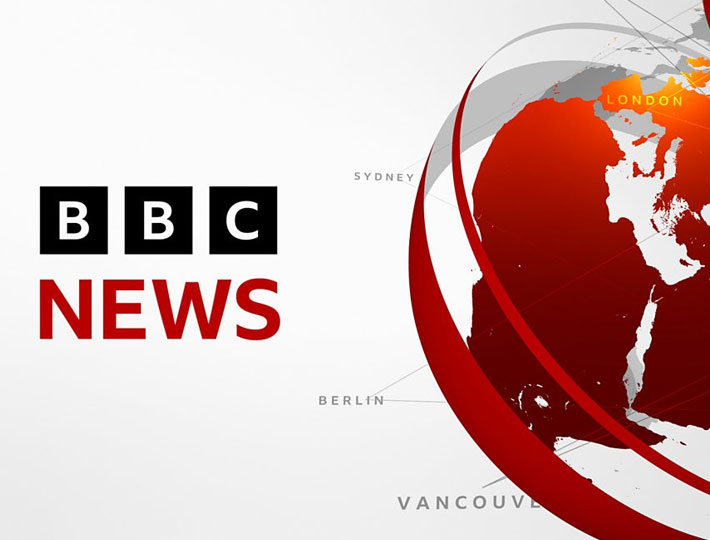Saturday, September 20, 2025

For Emilly Murray, 35, from Liverpool, losing nearly six stone since December has transformed her health, but it has also left her struggling with confidence.
“I can’t wear what I want to wear,” she explains. “The skin hangs over my knees, and when I look in the mirror without clothes, I feel like a catfish.”
Emilly’s experience reflects a growing reality for many using these new treatments. While the injections work by suppressing appetite, rapid weight loss often means the skin doesn’t fully retract, leaving folds on the thighs, stomach, arms, or even the face — a phenomenon dubbed “Ozempic face” online.
Why Does This Happen?
According to Nora Nugent, president of the British Association of Aesthetic Plastic Surgeons, the faster the weight loss, the looser the skin is likely to remain. In some cases, it can even cause irritation or infection.
Though online communities share tips like building muscle, using collagen supplements, or applying lotions, surgeons say that after significant weight loss, surgery is the only effective solution.
The Surgery Challenge
Procedures such as body contouring can remove excess skin, but they are rarely available on the NHS unless the loose skin seriously affects daily activities like washing or dressing. For most, these operations are considered cosmetic and come with a high private cost.
Balancing Health and Confidence
While losing weight through Wegovy or Mounjaro can dramatically improve long-term health by reducing risks linked to obesity — including cancer and heart disease — many people are left balancing their improved wellbeing with new body image struggles.
As plastic surgeon Mark Soldin points out, NHS resources are stretched:
“There are more important things for the NHS to deal with — trauma, heart attacks, broken bones.”
For people like Emilly, the weight-loss journey is far from over. She has gained her health back, but now faces the emotional and financial hurdles of addressing what comes after.



